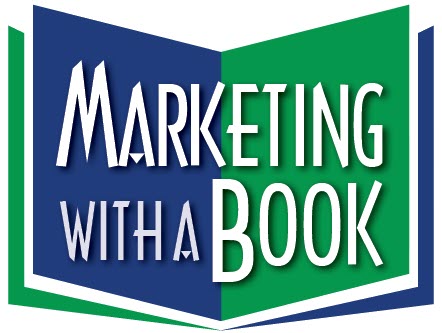When I am ghostwriting a business book, I want the book to follow one of eight basic plots. This is from a remarkable book by Christopher Booker, The Seven Plots: Why We Tell Stories. Booker’s point is we not only tell these stories over and over again, we as humans need to hear these stories. Here are the seven basic plots, plus a bonus plot Booker says arrived on the literary scene less than 200 years ago.
![417SWG554AL[1]](https://marketingwithabook.com/media/417SWG554AL1-191x300.jpg)
Every business book should tell a story. There are seven (actually eight) stories that humans want to hear over and over again.
Rags to Riches Someone who has seemed to the world quite commonplace is shown to have been hiding a second, more exceptional self within. Think the ugly duckling, Jane Eyre and Clark Kent. A business book of how someone raised themselves up are an example. One of my early favorites was Up From Slavery by Booker T. Washington. Donald Trump books don’t count. He raised himself up from riches to mega riches.
The Quest From the moment the hero learns of the priceless goal, he sets out on a hazardous journey to reach it. Examples are seen in The Odyssey, The Count of Monte Cristo, and Raiders of the Lost Ark.
Voyage and Return The hero or heroine and a few companions travel out of the familiar surroundings into another world completely cut off from the first. While it is at first wonderful, there is a sense of increasing peril. After a dramatic escape, they return to the familiar world where they began. Alice in Wonderland and The Time Machine are obvious examples; but The Wizard of Oz and Gone with the Wind also embody this basic plotline. The Prodigal Executive by Bruce Heller is an example of a business book with this kind of plot.
Comedy Think of the movie “Tootsie” or “Some Like it Hot.” Following a general chaos of misunderstanding, the characters tie themselves and each other into a knot that seems almost unbearable; however, to universal relief, everyone and everything gets sorted out, bringing about the happy ending. Shakespeare’s comedies come to mind, as do Jane Austen’s novels like Sense and Sensibility.
Tragedy A character through some flaw or lack of self-understanding is increasingly drawn into a fatal course of action which leads inexorably to disaster. King Lear, Madame Bovary, The Picture of Dorian Gray, Bonnie and Clyde—all flagrantly tragic.
Rebirth There is a mounting sense of threat as a dark force approaches the hero until it emerges completely, holding the hero in its deadly grip. Only after a time, when it seems that the dark force has triumphed, does the reversal take place. The hero is redeemed, usually through the life-giving power of love. Many fairy tales take this shape; also, works like Silas Marner and It’s a Wonderful Life.
Mystery. This appeared from the time of Edgar Allan Poe. From Sherlock Holmes to C.S.I. Miami, the plot that involves solving a riddle has gained immense popularity in the last 150 years.
